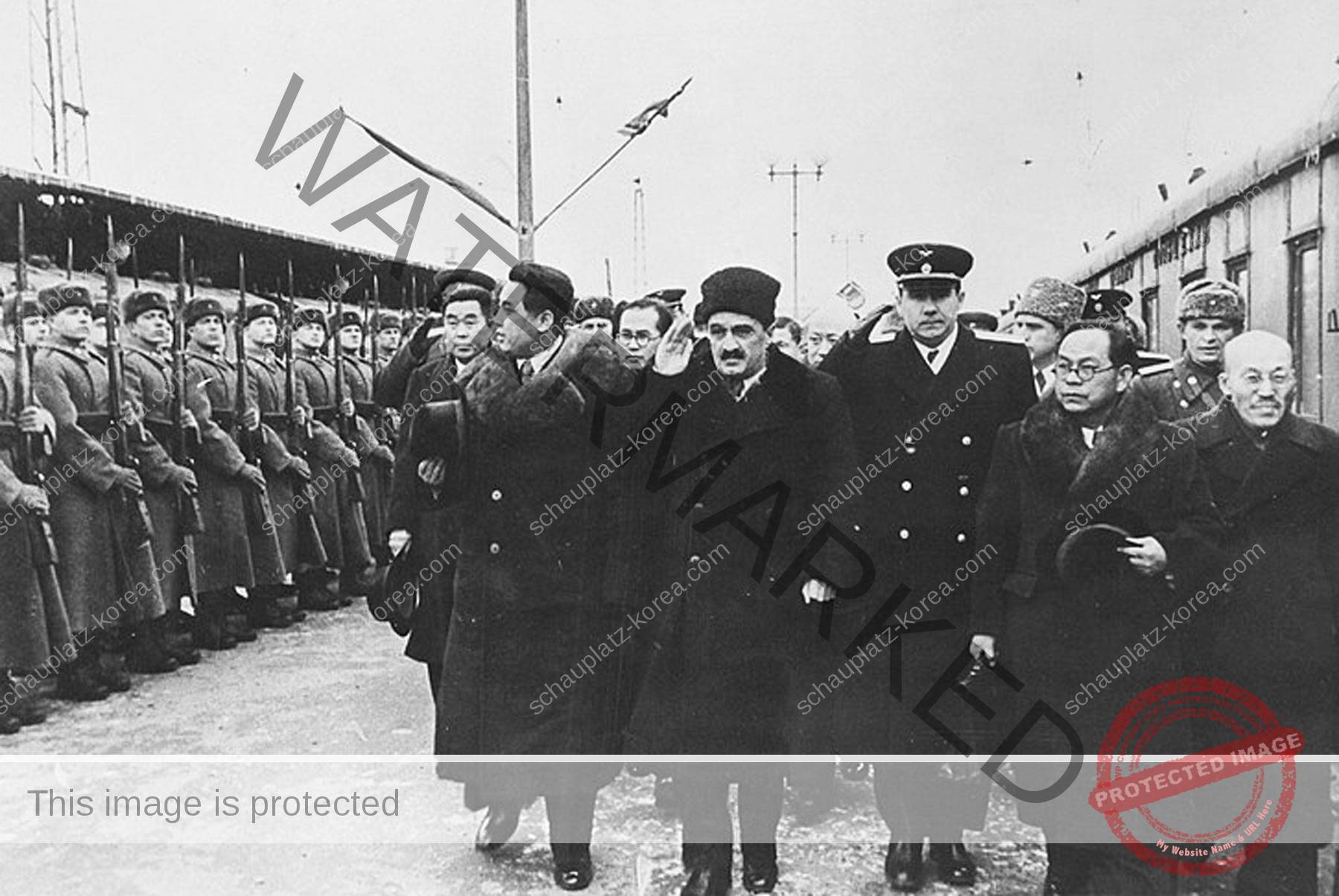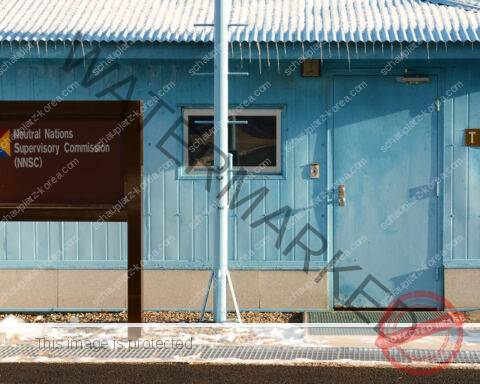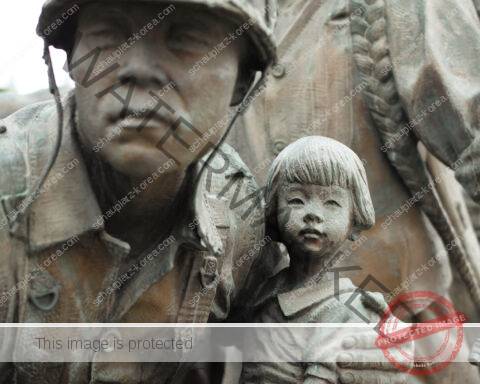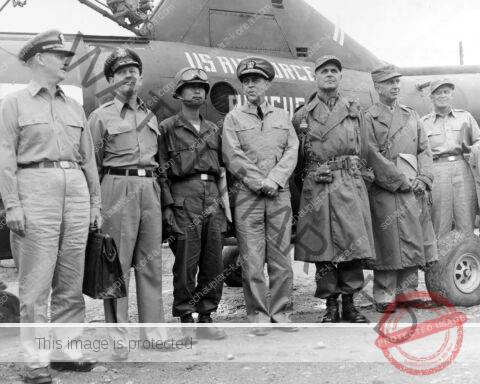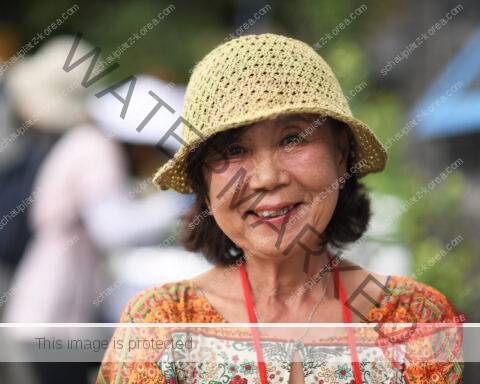On August 15, 1945, the surrender of the Japanese Empire marked the liberation of the Korean Peninsula from Japan’s hated colonial yoke. The anniversary of liberation, celebrated in Korea as “Gwangbokjoel,” was also the beginning of the division of the peninsula, although this was not yet foreseeable on Liberation Day. At the various conferences to regulate the postwar order of World War II, Korea was repeatedly put on the agenda from Tehran 1943 onward, although no formal agreement was reached. Even as late as the Yalta Conference of February 1945, Korea was discussed, especially since the Soviet Union agreed to enter the war against Japan. The American proposal to create two trusteeship zones under Soviet direction in the north and American direction in the south was noted by Stalin but not agreed to.

With the dropping of the atomic bombs on Hiroshima and Nagasaki, the collapse of the empire occurred quicker than expected and the “Korean question” was still unresolved. The U.S., particularly out of consideration to its alliance partner Great Britain with their multitude of colonies in Asia, would only commit itself to the “liberation” and not the “independence” of Korea. This resulted in an unpleasant situation for the U.S. With Soviet troops marching into Korea from Manchuria, the American counterweight in the south had not even arrived yet. There was no agreement on what the two occupation zones should look like and, in particular, the demarcation of the borders was still open. It was not until August 9, 1945, one day after the atomic bomb had been dropped on Nagasaki, two Army senior officers were given the task of working out the border demarcation without any special prior knowledge. Those two officers were Lieutenant Colonel Sean Rusk, later long-time U.S. Secretary of State, and Colonel Charles Bonesteel, later Commander United Nations Command. The following day, the 38th parallel was proposed to the Soviets and immediately accepted by them.
As in post-war Europe, both occupying powers built-up structures. The north quickly founded the Korean Workers Party (WPK) under the leadership of 33-year-old Kim Il-Sung with a clear political-ideological demarcation from the south. He also found a considerable number of sympathizers in the southern part of Korea among the mostly landless and destitute rice farmers. His opponent in the south was Syngman Rhee, the political leader appointed by the U.S. These two foes faced each other both having the unconditional goal to rapidly reunify their split nation as one. Under the auspices of the fledgling United Nations, the U.S. and Rhee together attempted to hold all-Korean elections in 1947, which failed because of the North’s boycott even before the actual polls.


In 1948 Syngman Rhee had a South Korean constitution adopted for the South. On the 3rd anniversary of the liberation in that same year, the Republic of Korea was established, and Rhee was installed as the first president. Three weeks later Kim Il Sung followed suit and proclaimed the People’s Republic of Korea on September 9. Thus, de jure, the division of the two Koreas was complete; the objective of reunification became, at most, more pronounced.
During the implementation of this overriding objective, the stakes were not equal. Kim Il Sung was able to contribute to the destabilization of certain regions of the South thanks to the appeal of the WPK’s ideas, notably land reform, and thus put Rhee under pressure. Furthermore, after the withdrawal of the Soviet occupation forces toward the end of 1948 and the U.S. contingent in the summer of 1949, Stalin showed himself willing to directly support Kim’s unification intentions under certain conditions. Rhee’s very traditional, conservative, strictly anti-communist world view did not catch on in the North, in large part because of the very harsh regime of Kim Il-Sung. Additionally, Rhee was heavily involved in suppressing what he saw as communist demonstrations. The uprisings in the southwest and on Jeju also affected the equipment, training, and partial deployment of the new South Korean armed forces. The U.S. was willing to tolerate these “police operations” or provide partial intelligence support, but not to provide active support for reunification. Furthermore, in June 1949, the U.S. Army contingent withdrew virtually completely to Japan, especially since the postwar settlement for Japan was of paramount importance to the United States.

The stability of the Korean peninsula had always been important to Stalin, but with no occupational forces on either side, he recognized the peninsula was endangered by a possible southern attack on the north as the South Korean forces were no longer ‘under control’. From February 1949, Kim Il Sung was successful in persuading Stalin to provide increasing support. A massive wave of equipment, primarily with mechanized means and appropriate training, transformed the Korean People’s Army (KPA). They were now a modern and equipped attack-capable force by mid-1950. Initially, Stalin refused a “green light” for a military attack on the South, stating he would solve the problem “non-militarily” by revolutionary infiltration of the South. When this did not succeed, he then made his agreement conditional on an assurance of military support from Mao Tse Tung, who had been victorious in the Chinese civil war, especially since Stalin wanted to prevent his own active intervention, at least on land, at all costs.
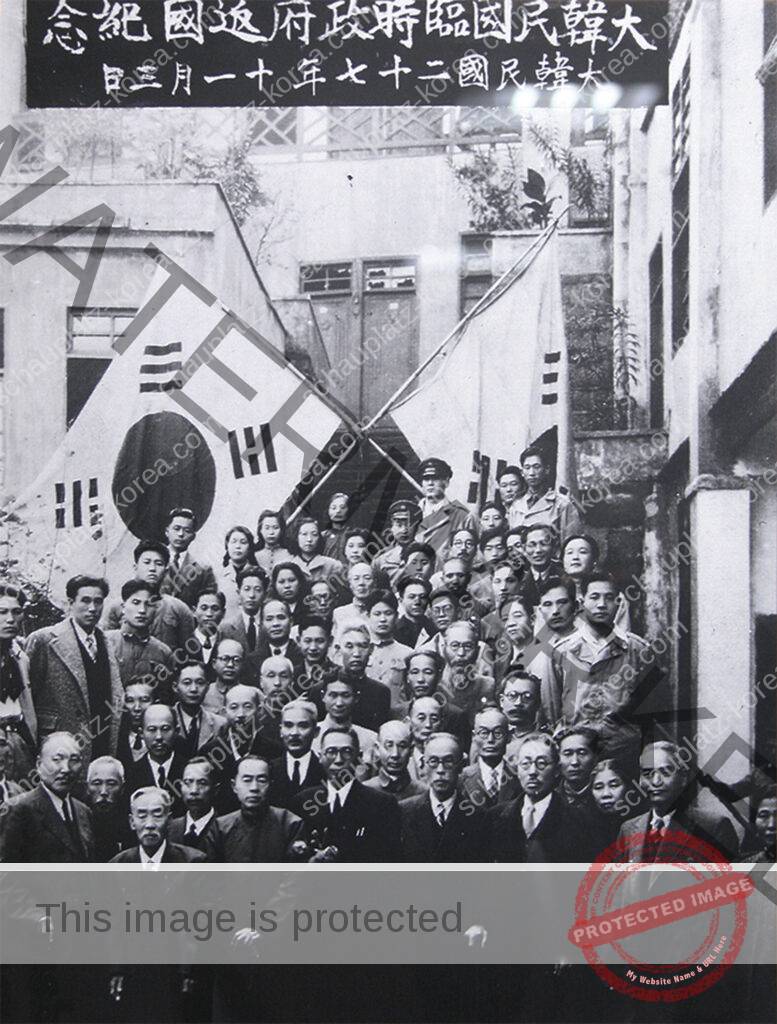
In the early summer of 1950, Kim Il Sung received a promise from the new Chinese ruler that he would intervene in a conflict in favor of the KPA if necessary. In addition, the KPA now had several operational armored divisions, including the T-34, which had been very successful in World War II. In the meantime, the situation at the 38th parallel had deteriorated considerably. Again, and again, there were battles between formations of both sides up to battalion level in an effort to gain terrain by means of pledging. Thus, the Korean civil war was already in full swing, albeit at the tactical level. To make matters worse, in February of 1950, the message from U.S. Secretary of State Dean Acheson reported Korea was no longer in the sphere of interest of U.S. foreign policy. This most likely was received with satisfaction in Pyongyang. The above mention puts into considerable perspective the repeated comments made in South Korea, especially on commemorations of the beginning of the Korean War on June 25, that the surprise attack on that dreary Sunday morning in 1950. The expansion of the armed conflict was imminent. The surprise was at best as to the when, but not as to the what.
Part 2 on the first phase of the war (June 1950 to June 1951) will follow soon!
In our series of five articles on the Korean War, our expert and historian Urs Gerber write about the Korean War. Major General (Ret.) Urs Gerber is the president of the Foundation Council of the Swiss Armed Forces’ Historic Material Foundation an institution responsible for collecting, maintaining, and developing the “hardware legacy” of the Swiss Armed Forces. He is co-chairing the Annual Senior Officers Seminar (ASOS) on leadership and crisis management at the Geneva Centre for Security Policy (GCSP). From February 2012 until August 2017 MajGen Gerber has been the Swiss Member and Head of the Swiss Delegation to the Neutral Nations Supervisory Commission, Panmunjeom, Republic of Korea, from where he retired at the end of August 2017.


